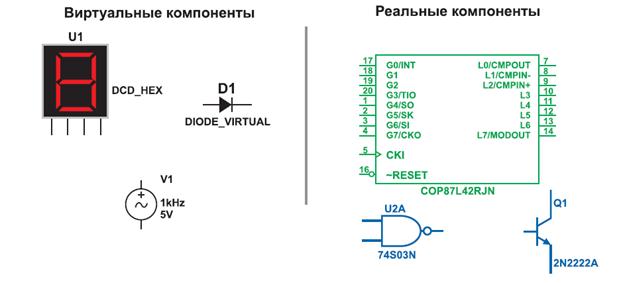St.Petersburg-Moscow Railway
This railway (the second oldest in the country after the St. Petersburg-Tsarskoe Selo line) was a project of Pavel Melnikov, an engineer who was in charge of its construction. According to Melnikov’s project, “chugunka” was planned as a double-track line, 664 km long, steam-powered. Melnikov insisted that gauge of railway should be 1, 524 mm. This was to become Russia’s national standard for all railways. The speed of passenger and freight trains was to be 34 km and 16 km respectively. 278 constructive works were to be built, including 34 stations, 184 railway bridges, 19 viaducts, 69 cast iron and masonry conduit pipes. It should be said that all the stations were to have the same style and even the same color scheme. Railway stations in both capitals (Moskovsky in St. Petersburg and Leningradsky in Moscow) were designed by Konstantin Ton in the style of classical architecture. Some reactionary officials opposed to the idea of a railway connecting the two capitals. They predicted public disorder if the masses were allowed to travel. It was decided that only the wealthy would be allowed to use the line. Every passenger was to pass strict passport and police control. Emperor Nicholas I issued a decree ordering its construction on 1 February 1842. The construction began in 1843 and lasted about 10 years. More than 50, 000 serfs1 did the actual construction work, using only spades and axes. They worked from sunrise to sunset, every day including Sundays and holidays. Only when the rain was extremely heavy, they were given the day off. The serfs were constantly ill. Terrible working and housing conditions as well as illnesses and bad food made people complain, but they were severely punished. P.P. Melnikov’s proposal to mechanize the construction wasn’t supported, as it required great costs. Only four excavators were bought in the USA. (At that time, there were only seven excavators in the world – three other machines operated in the U.S. and Great Britain.) The inauguration of the St. Petersburg-Moscow Railway took place on November 1, 1851. The world’s press covered in great detail the departure of the 11.15 train from Petersburg to Moscow. Its trip took 21 hours 45 minutes and the following morning, the train arrived safe and sound2 at its destination. There were 17 passengers in the first-class carriages, 63 – in the second-class carriages and 112 – in the third-class carriages. Tickets had been sold out 4 months before. The speed of the first trains was 40 kmh. Two years later, it was increased up to 60 kmh. It was the world’s record in the speed of passenger trains. The railway was completely straight and level apart from a 7-km curve near the city of Novgorod. According to the legend, when Nicholas I was shown the plans for a rail link between the northern capital and Moscow, he took a ruler and drew a straight line between the two cities. Accidentally, he drew around his own finger on the ruler, breaking the straight line on the map. Another version is that there was a small notch3 in the ruler. Construction workers were too afraid of mentioning the mistake to the Tsar and included a 7-km curve into the line known ever since as the Tsar’s Finger. However, the truth is more prosaic. The curve, also called the Verebinsky (Веребьинский) bypass, was actually built in 1877 to circumvent4 a 17-km steep gradient. Russian steam locomotives of that time were not powerful and trains heading for Moscow needed four locomotives to get up the hill. In 2001, after 150 years of continuous use, the curve was finally straightened out reducing the entire length by 5 km.
Notes: 1serf – крепостной; 2safe and sound – в целости и сохранности; 3notch – выемка; 4to circumvent – обходить.
|

 The St. Petersburg-Moscow Railway is a 650 km railway running between the two largest Russian cities and through four regions: Moscow, Tver, Novgorod, and Leningrad. It is the leading traffic artery for the whole of the north-west region of Russia, operated by the Oktyabrskaya Railway.
The St. Petersburg-Moscow Railway is a 650 km railway running between the two largest Russian cities and through four regions: Moscow, Tver, Novgorod, and Leningrad. It is the leading traffic artery for the whole of the north-west region of Russia, operated by the Oktyabrskaya Railway.


